As a homeowner, there is a certain satisfaction that comes with tackling home improvement projects yourself. From painting walls to assembling furniture, the do-it-yourself (DIY) approach can save you money and give you a sense of accomplishment.
One such task that many homeowners attempt on their own is pressure washing. The allure of DIY pressure washing lies in its ability to quickly and effectively clean various surfaces, from driveways to decks.
However, it is important to be aware of the hidden dangers of DIY pressure washing.
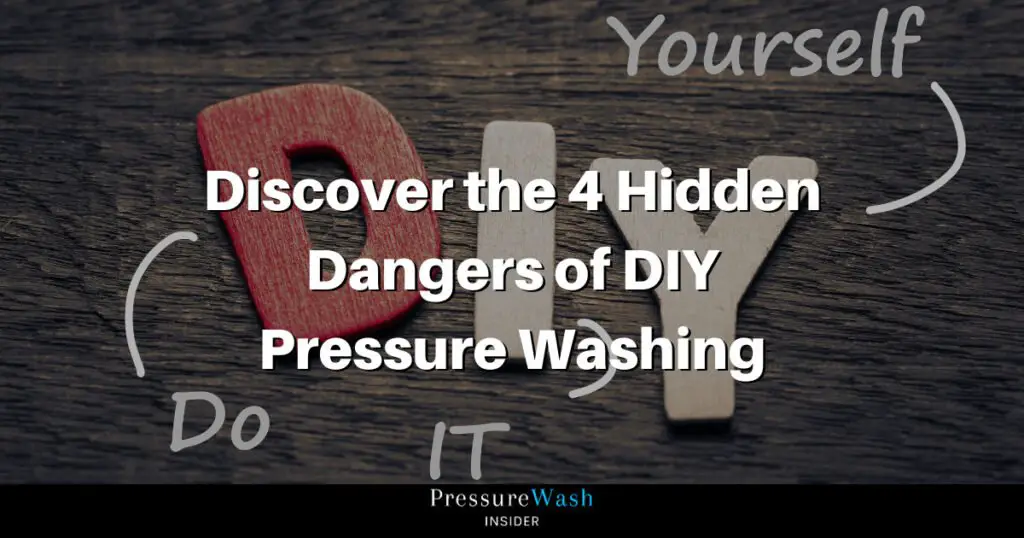
The Allure of DIY Pressure Washing
The appeal of DIY pressure washing is undeniable. With just a few simple steps, you can transform a dirty surface into a pristine one. The power and force of a pressure washer can remove years of grime and dirt, making it an attractive option for homeowners looking to enhance the appearance of their property.
Additionally, the cost of renting or purchasing a pressure washer is often much lower than hiring a professional pressure washing service. However, it is crucial to understand that there are risks involved when attempting to DIY pressure wash.
Hidden Dangers of DIY Pressure Washing
Electrical Hazards

One of the hidden dangers of DIY pressure washing is the risk of electrical hazards. Pressure washers are typically powered by electricity, and if not used properly, they can pose a serious threat. It is essential to ensure that all electrical components are in good condition and that the pressure washer is properly grounded.
Failing to do so can result in electric shocks or even electrocution.
Using a pressure washer near electrical outlets or power sources can also increase the risk of an accident. To avoid electrical hazards, it is critical to exercise caution and follow all safety guidelines.
Chemical Hazards
Chemical Hazards are also one of the dangers of DIY pressure washing. Many pressure washers allow for the use of cleaning solutions and detergents to enhance the cleaning process.
While these chemicals can be effective in removing stubborn stains, they can also be harmful if not used correctly. Improperly mixing or applying chemicals can lead to skin irritation, respiratory issues, or damage to plants and surrounding areas.
It is crucial to carefully read and follow the instructions provided by the manufacturer and to use appropriate protective gear when handling chemicals.
Physical Hazards

In addition to electrical and chemical hazards, the dangers of DIY pressure washing can also cause physical harm. The force and power of the water stream can cause injuries if not handled properly. High-pressure water can penetrate the skin, causing lacerations or puncture wounds.
It is important to always point the nozzle away from yourself and others and to avoid using the pressure washer on fragile or delicate surfaces.
Furthermore, the recoil of the pressure washer can cause the user to lose balance or fall, resulting in additional injuries. Taking the necessary precautions, such as wearing protective clothing and sturdy footwear, can help prevent physical hazards.
Potential Damage to Surfaces

While the primary goal of pressure washing is to clean surfaces, there is a risk of causing unintentional damage. Using too much pressure or holding the nozzle too close to a surface can result in etching or gouging, especially on softer materials like wood or vinyl.
Additionally, certain surfaces may not be suitable for pressure washing at all, such as older roofs or delicate paint finishes. It is crucial to understand the specific requirements and limitations of your pressure washer and to test the pressure on a small, inconspicuous area before tackling larger surfaces.
Safety Precautions for DIY Pressure Washing
To minimize the risks associated with DIY pressure washing, it is important to follow safety precautions. Here are some essential guidelines to keep in mind:
- Read the instruction manual: Familiarize yourself with the operation and safety guidelines provided by the manufacturer.
- Wear protective gear: Always wear safety goggles, gloves, and appropriate footwear to protect yourself from potential hazards.
- Use the right pressure setting: Adjust the pressure according to the surface being cleaned to prevent damage.
- Keep a safe distance: Maintain a safe distance between the pressure washer nozzle and the surface to avoid injuries and damage.
- Test on a small area: Before pressure washing a larger area, test the pressure and cleaning solution on a small, inconspicuous spot to ensure it does not cause damage.
- Avoid electrical hazards: Ensure that all electrical components are in good condition and that the pressure washer is properly grounded.
- Use chemicals responsibly: Follow the manufacturer’s instructions when using cleaning solutions, wear appropriate protective gear, and avoid contact with skin or eyes.
You can read more about the risks and safety precautions here.
When to Hire a Professional Pressure Washing Service
While DIY pressure washing can be a cost-effective option, there are instances when it is best to hire a professional pressure washing service. If you are unsure about the proper techniques or lack experience with pressure washing, it is wise to seek professional assistance.
Additionally, if you have delicate or hard-to-reach surfaces that require special care, a professional will have the expertise and equipment to handle the job safely and effectively. By outsourcing the task to a professional, you can ensure that your property is cleaned without the risk of damage or injury.
Conclusion
DIY pressure washing can be a rewarding endeavor, but it is crucial to be aware of the hidden dangers associated with it. From electrical hazards to potential damage to surfaces, there are risks that can arise if proper precautions are not taken.
By following safety guidelines, using the right equipment, and being aware of the limitations of a DIY pressure washer, you can minimize these risks.
However, in certain situations, it is best to leave the task to professionals who have the expertise and experience to handle pressure washing safely and effectively. Always prioritize safety and consider the potential dangers before embarking on a DIY pressure washing project.
Check out our other articles to fully equip yourself with knowledge of pressure washing.
How Often Should You Replace the Nozzle on Your Pressure Washer?
As a proud owner of a pressure washer, you understand the importance of regular maintenance…
DIY Eco-Friendly Cleaning Solutions for Pressure Washing
In today’s world, where environmental consciousness is on the rise, finding eco-friendly alternatives to everyday…
Do Pressure Washers Really Have Spark Plugs?
Pressure washers are powerful tools that use high-pressure water to clean various surfaces. They are…
Why A Pressure Washer Only Runs On Choke?
As a seasoned pressure washer user, I have come across various issues that can be…
5 Best Pressure Washer Surface Cleaners: Keeping Your Surfaces Gleaming Clean!
Welcome to the ultimate guide on the best pressure washer surface cleaners! If you’re tired…
Can Pressure Washers Damage Pipes?
I have always been concerned about keeping my house looking clean and well-maintained. One of…

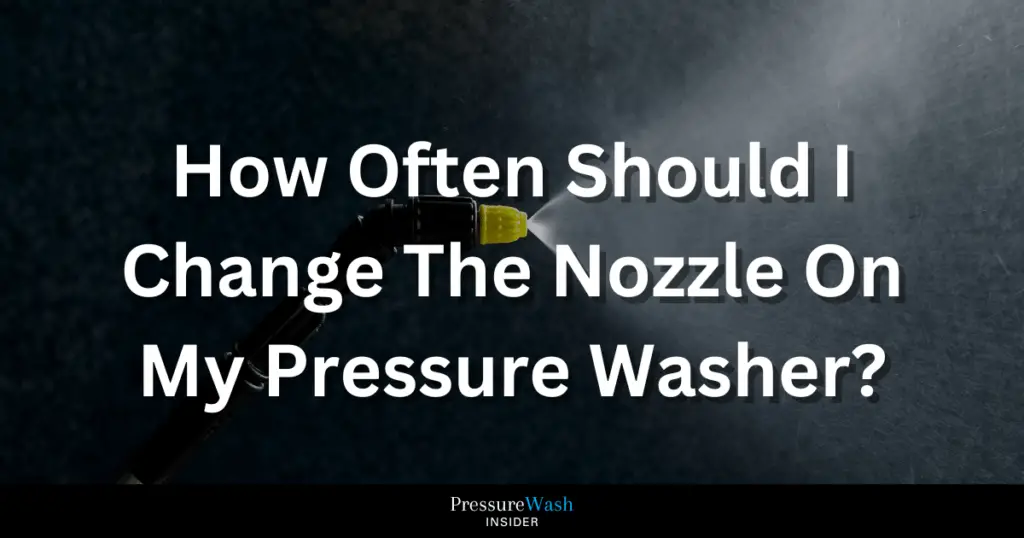
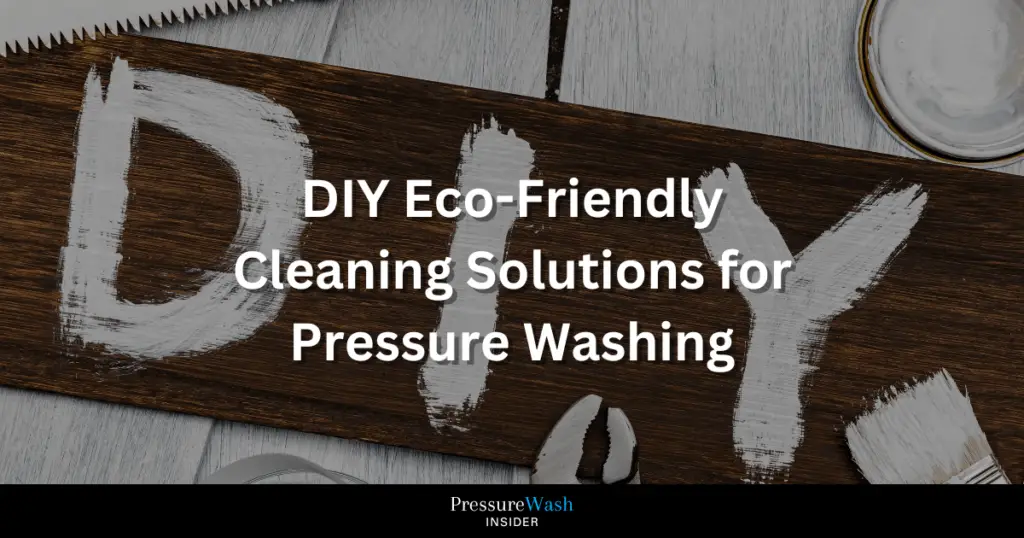
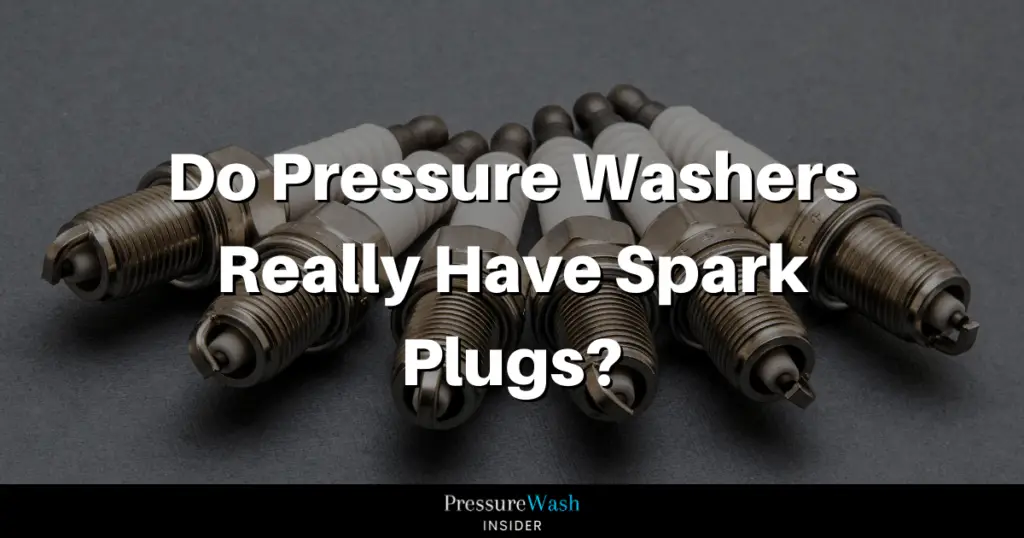
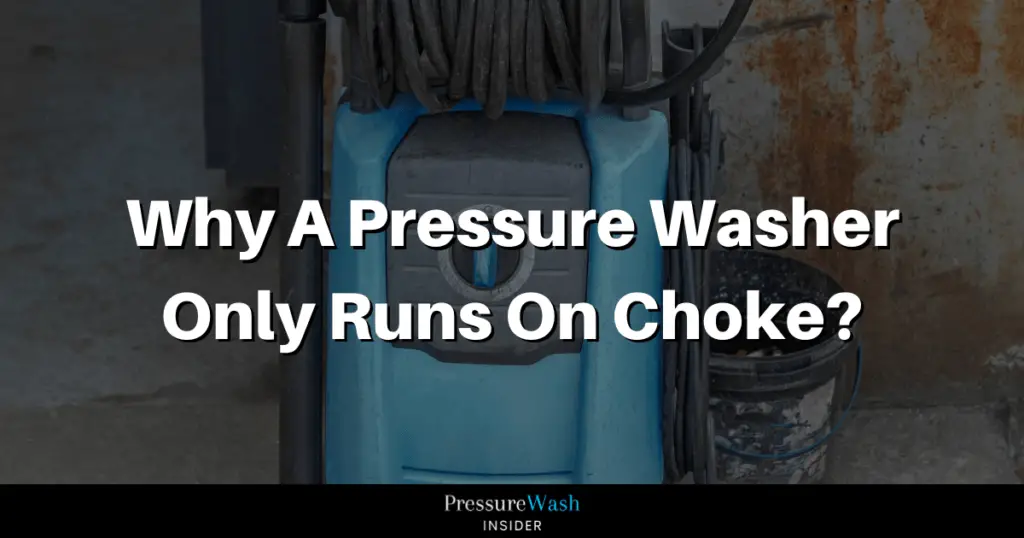
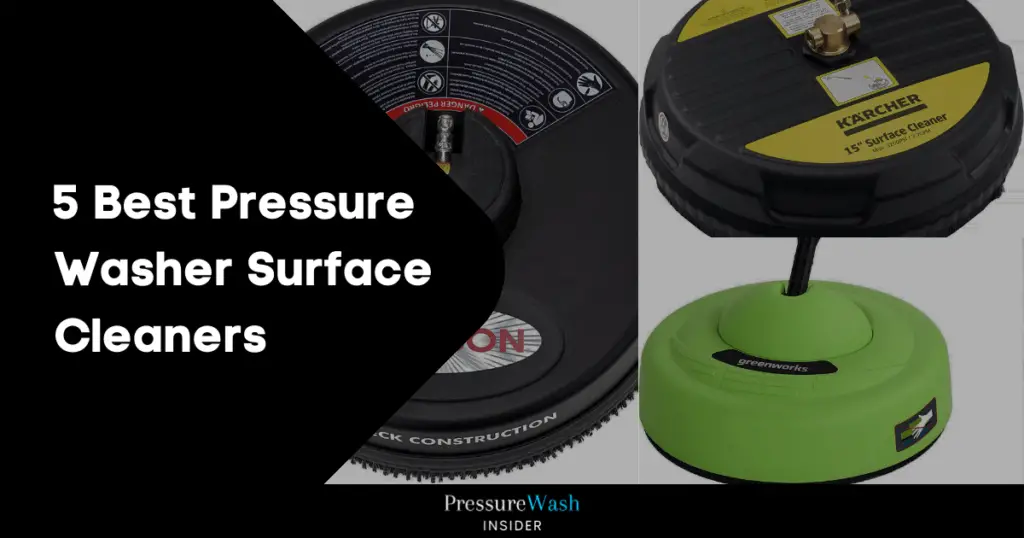
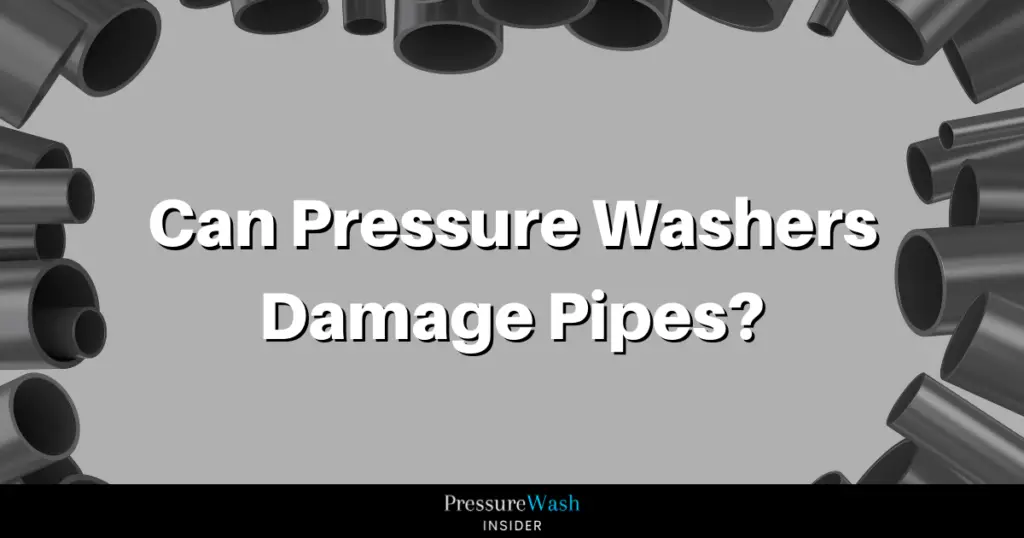

One thought on “Discover the 4 Hidden Dangers of DIY Pressure Washing”
Nice blog here Also your site loads up fast What host are you using Can I get your affiliate link to your host I wish my web site loaded up as quickly as yours lol